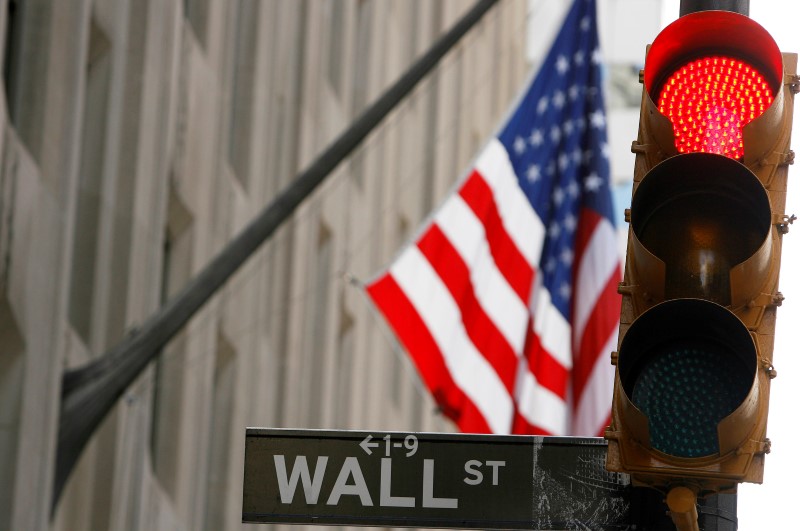This post was originally published on this site

Investing.com — U.S. stock markets opened lower on Thursday on disappointment at the failure of ceasefire talks between the Russian and Ukrainian foreign ministers.
Negotiations between Sergey Lavrov and Dmytro Kuleba in Turkey, the highest-level contact between the two countries since Russia invaded two weeks ago, broke down quickly with no visible progress.
The downbeat mood was reinforced later by U.S. consumer inflation data for February, which showed prices rising at their fastest in over 40 years, cementing expectations of a first interest rate hike in two weeks’ time from the Federal Reserve.
By 9:40 AM ET (1440 GMT), the Dow Jones Industrial Average was down 325 points, or 1.0%, while the S&P 500 was down by a similar amount and the Nasdaq Composite was down by 1.4%. The three indices had gained between 2% and 3.6% on Wednesday in anticipation of the talks.
The annual rate of inflation accelerated to 7.9% in February, in line with expectations but the highest since January 1982. Core inflation also rose to a 40-year high of 6.4% as the extraordinary amount of liquidity created by the Fed during the pandemic seeped into an ever-broader cross-section of prices.
“The Russia-Ukraine war adds further fuel to the blazing rate of inflation via higher energy, food, and core commodity prices that are turbo charged by a worsening in supply chain problems,” said Kathy Bostjancic of Oxford Economics in a note to clients. “This will lead to a higher near-term peak in inflation and a slower descent through 2022 than previously envisaged.”
Bostjancic expects inflation to average 6.5% this year, leading the Fed to raise rates by 175 basis points.
Amazon (NASDAQ:AMZN) stock bucked the negative trend in early dealings, rising 4.8% thanks to the announcement late on Wednesday of a new $10 billion buyback program and a 20-for-1 stock split that’s aimed at making the stock more easily accessible to smaller investors. It had been down some 15% for the year as of Wednesday’s close.


